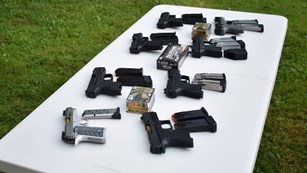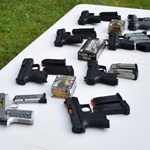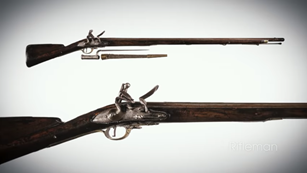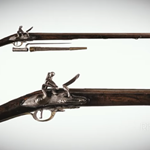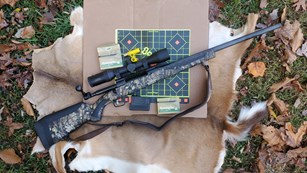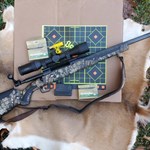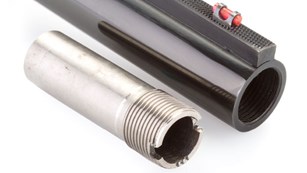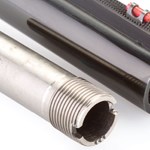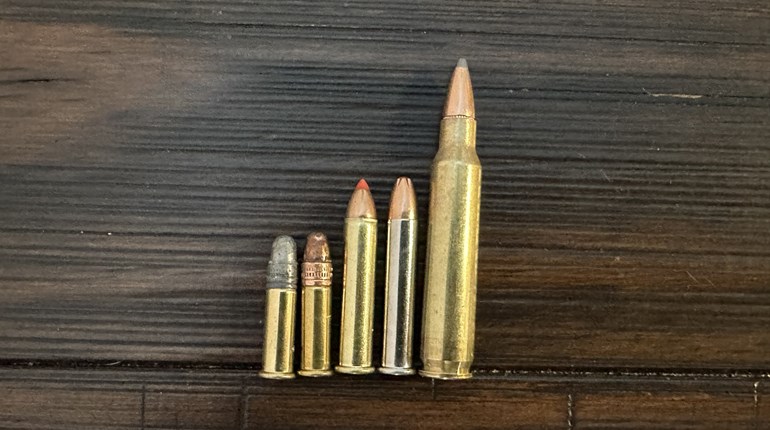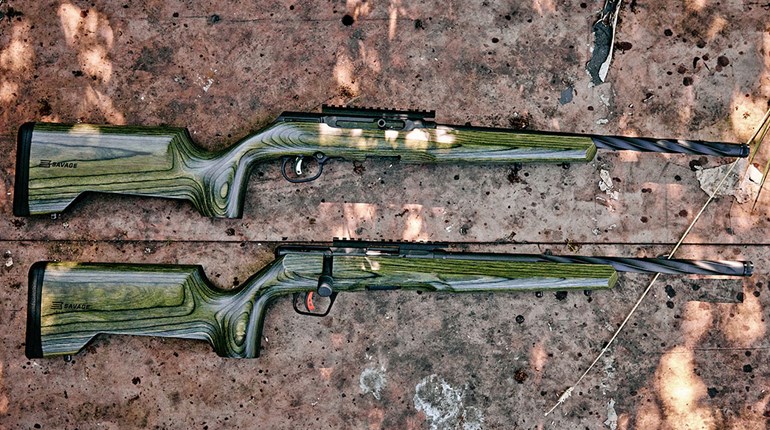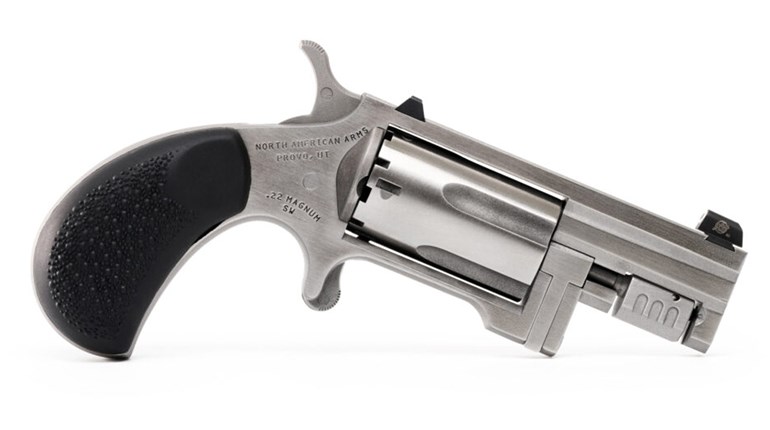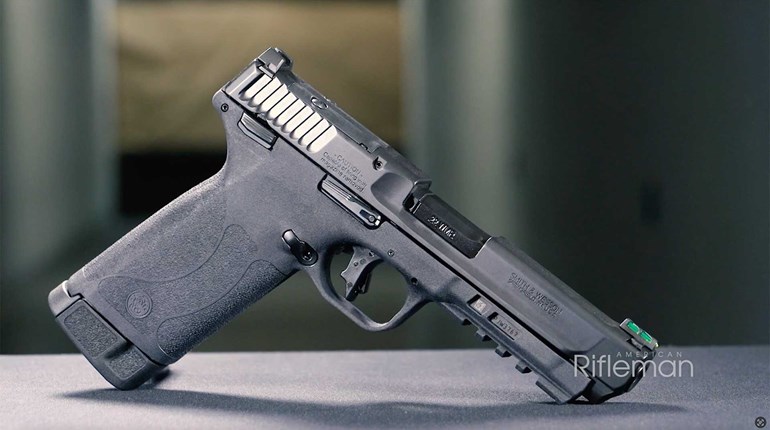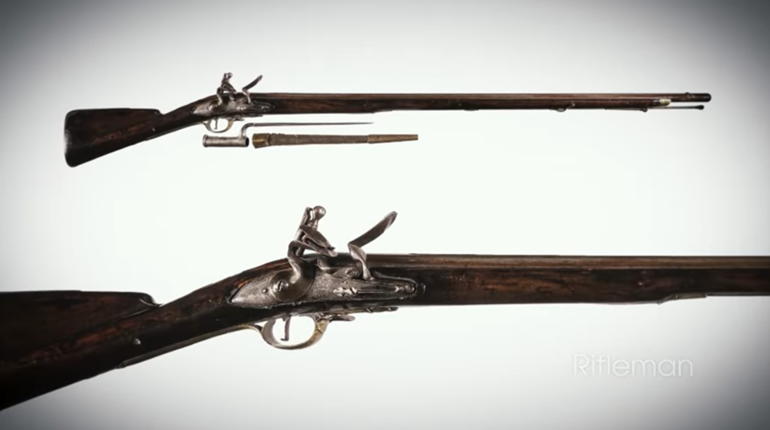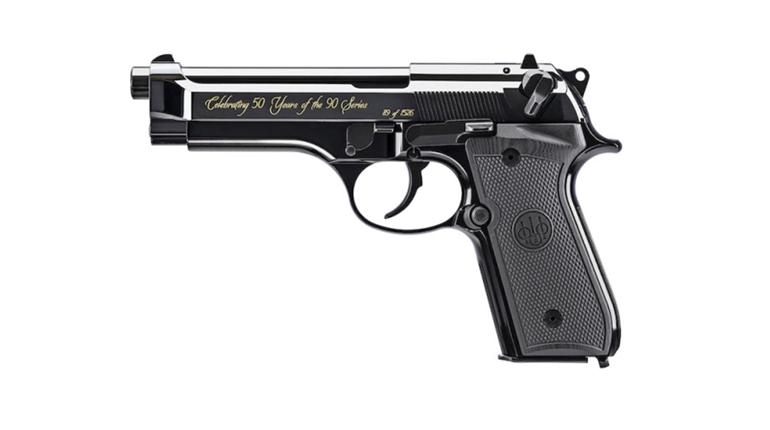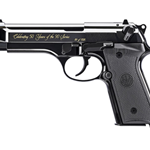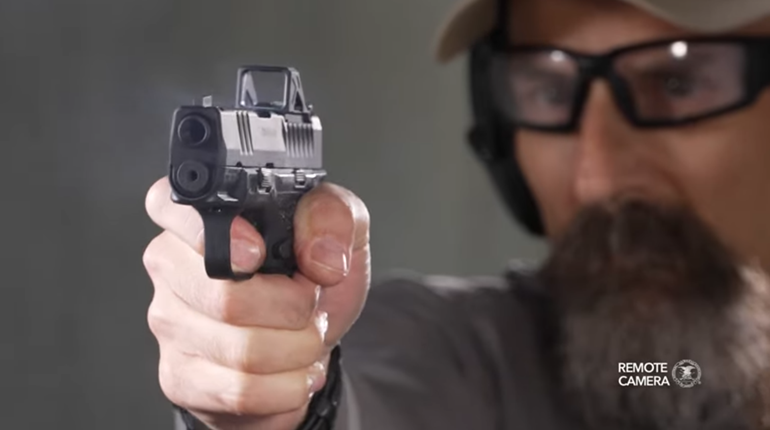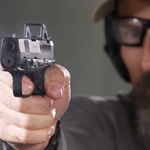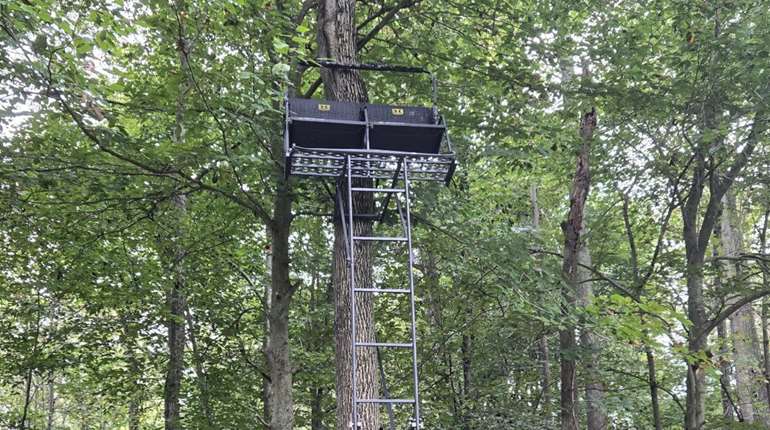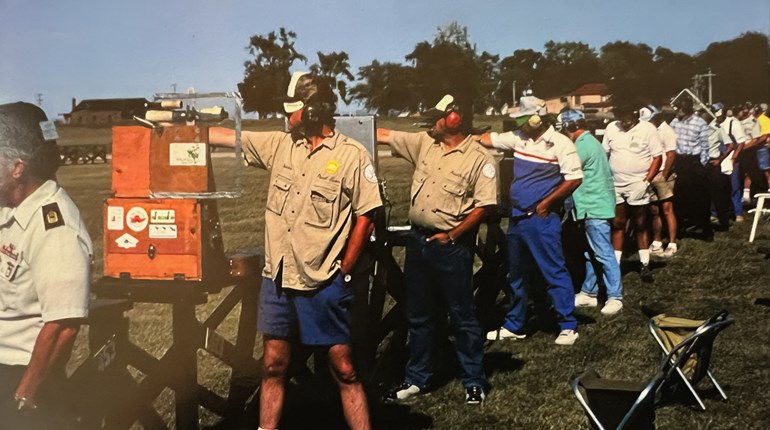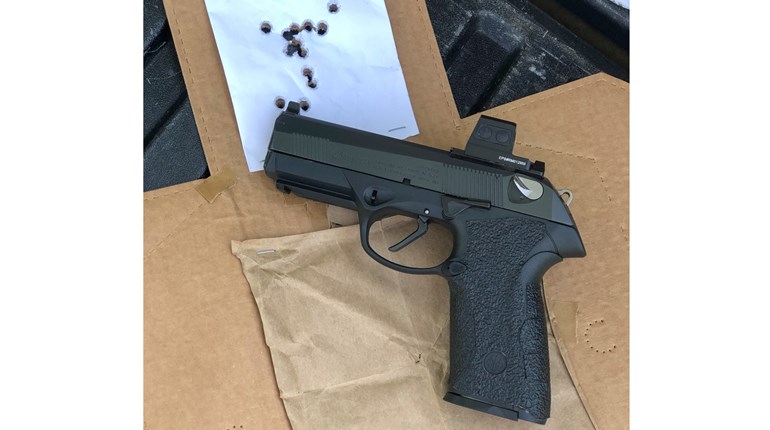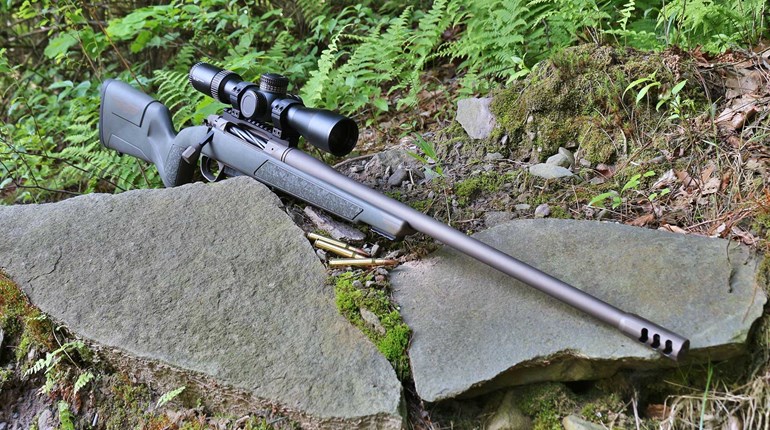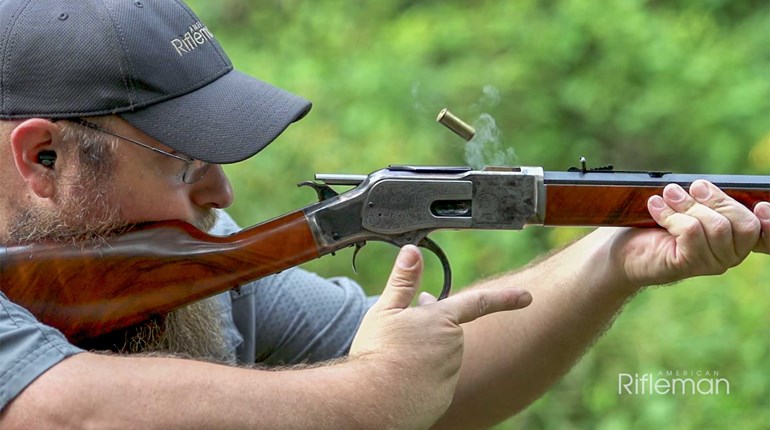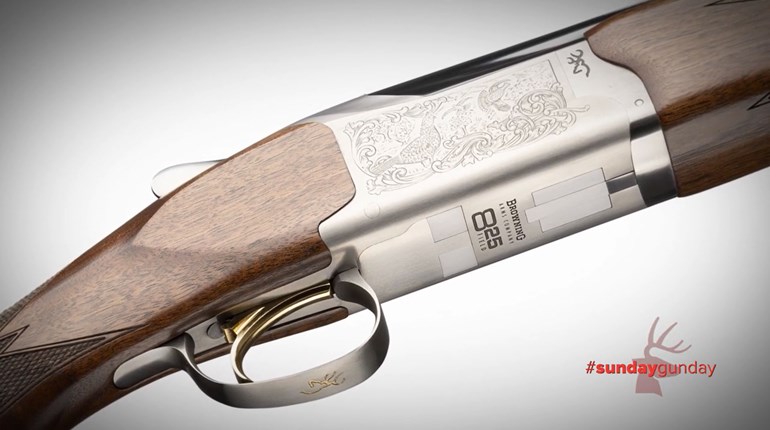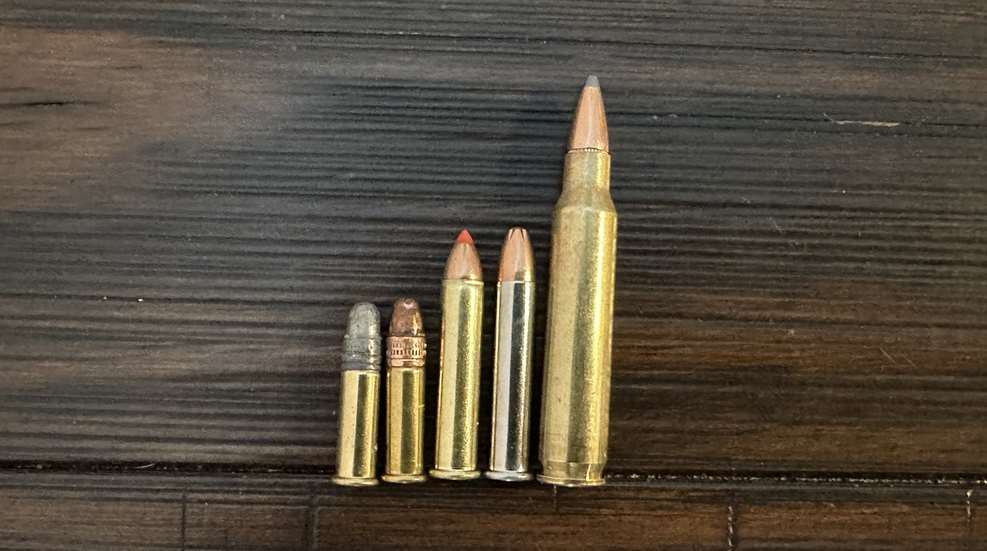
I’ll be honest, because I’m a reloader – which by default makes me a centerfire cartridge guy – I tend to forget that there’s more rimfire cartridges than just the .22 LR. But there are, and they do have their merits. Probably most so is the .22 Winchester Magnum Rimfire (WMR), or .22 Mag for short. With that, let’s jump into the world of rimfires.
Fired-Up Rimfire
Ask almost all shooters what rimfire is most popular, and I’d put money on it they say “.22 Long Rifle” or a name variation of that cartridge. After all, it’s hard not to think of that cartridge when there’s so many guns chambered for it, between the Ruger 10/22 – the most popular .22 rifle of our time – as well as all the training pistols and rifles on the market today. The .22 LR is synonymous with introductions to firearms. Pair the round with a suppressor, and it’s even quieter and softer shooting. So, if the .22 LR is so great, why bother with the .22 WMR? Because it blows the .22 LR out of the water.
The .22 WMR came about in 1959, and is a souped-up hotrod compared to the .22 LR. The .22 WMR cartridge runs 650 to more than 700 feet per second (fps) faster than the standard .22 LR loads of the same bullet weights due to its larger case. The shell is bigger both in length and in width.
This is important to know, as it’s dangerous to fire a .22 LR in a .22 WMR. The thinner .22 LR case won’t seat correctly in a .22 WMR, meaning the mechanics won’t work as intended when firing for several reasons (pressure, sealing, etc.). This can damage the gun – or worse, the shooter. But I digress; back to the ballistics.
If all things are equal, a 31-grain CCI Clean-22 Hyper Velocity .22 LR goes an advertised speed of 1,550 fps, while a 30-grain Hornady V-Max load in the .22 WMR goes 2,200 fps. Jump up to 45-grain projectile, and the .22 WMR really starts gaining ground, going 1,700 fps (for reference, that’s roughly the same speed of many .45-70 rounds), whereas the .22 LR isn’t even breaking the sound barrier.
Sound Ballistics
Some may read the last sentence above and say, “Well, the .22 LR can be shot subsonic,” and they’d be right. But so, too, can the .22 WMR. Federal’s .22 WMR “Punch” rimfire self-defense load goes 1,000 fps, just barely below the threshold of supersonic, making it ideal for quiet shooting. Hornady went the other route with its Critical Defense line, blasting a .22-cal. FTX bullet at that 1,700 fps mark mentioned before. These two 45-grain self-defense loads have two very different velocities, but share the same purpose.
So far, we’ve covered defense loads and varmint loads (see the V-Max load above), but it also works great for small game, just like the .22 LR, except the .22 WMR can go much farther – about 100 to 200 yards in total distance, depending on the ammo and shooter. Federal makes a small-game-specific Game-Shok load for those interested. Point is, there’s a lot of capability in a .22 WMR. Most people just don’t know it, because they don’t know about the round as a whole.
Rimfire Regrets
You probably noticed here, unlike all my other articles in this series, I didn’t list any reloading data and possible combinations. That’s because it sort of doesn’t exist. Yes, you technically can reload rimfire rounds with kits available on the market, but does anyone really reload for them? No, not really. So that’s one downside; rolling your own is pretty much out of the question. It's also true that .22 WMR is more expensive than .22 LR off the shelves. Searching on Midway USA, the cheapest .22 LR ammo that can be had is just over a nickel a round. Comparing that to a .22 WMR, the cheapest is five-times that, at about a quarter a round. The other kicker is that .22 WMR has much fewer commerical offerings than the .22 LR. So, if you’re wanting a training or plinking round to reload, .22 WMR ain’t it.
On the Rim
If you’re teetering on getting the .22 WMR, it does do some good, especially for recoil-shy shooters not quite ready to get into the centerfire game. It’s also a solid choice for varmints and small game, provided shooters know their limits and the limits of the ammo. And though many larger calibers make better guns for personal protection, if .22 WMR is all you can handle due to health reasons or simply comfort, then by all means, go for it, as it’s better than nothing.
However, if you’re content with the capabilities of the standard .22 LR, and don’t feel the need to have an intermediate cartridge between the .22 LR and a centerfire .22 cartridge like the 5.56 NATO or the bigger .22-250, then this might be one to pass on, unless you just want to add a cool, versatile cartridge to your lineup, which is just one more valid reason to grab a .22 WMR.

